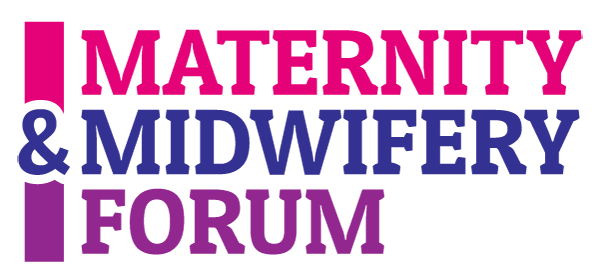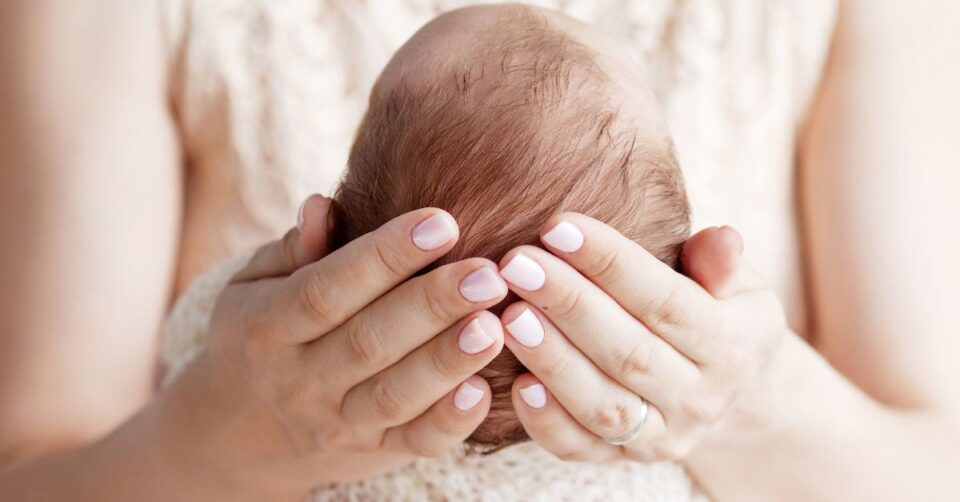Newborns come in all shapes and sizes, in particular their heads. Evolution has formed the fetal head with an amount of flexibility, to allow passage into the world. It is important that those working with infants, young children and their families, are able to recognise when head shapes are abnormal. Aimee Rowe, trainee in Oral and Maxillofacial Surgery in the East Midlands, working with a team at the Birmingham women’s and children’s hospital, invites participation in a survey to help improve care.
Newborns come in all shapes and sizes, in particular their heads. Evolution has formed the fetal head with an amount of flexibility, to allow passage into the world. The suture lines of the human skull do not fuse until well into our development, to allow for birth and rapid growth during childhood. If these sutures fuse too soon, craniosynostosis, this can cause problems for the developing child. Thus, it is important that those working with infants, young children, and their families, are able to recognise when head shapes are abnormal as it can be indicative of a variety of possible problems.
Screening for Craniosynostosis in Infants (CSI) is a small research collaborative based out of Birmingham women’s and children’s hospital. I am Aimee Rowe, a trainee in Oral and Maxillofacial Surgery and I am working in a team with Miss Amika Chadha, TIG Craniofacial Surgery Fellow, lead by Miss Jaime Grant, Consultant Craniofacial Surgeon. We are interested in the healthcare journey of infants with abnormality of head shape.
As you will be aware, there are many reasons for babies to have an abnormal head shape; those who have just made their journey through the birth canal, with or without assistance, infants who have had some head molding due to positioning in the first weeks of life, and those with pathology affecting the skull and its development. Over the first weeks of life the reason for an abnormal head shape may become obvious as one that needs nothing more than reassurance. Some will need specific input from other healthcare providers, including a small number of children who will need surgery. In some cases, this surgery is best offered as soon as possible, making early recognition all the more important.
Infants have encounters with many different healthcare professionals in their first hours, weeks and months. All infants with abnormality of head shape will be reliant on the healthcare team to recognise them. We are conducting a study to gather the experiences of those involved in the care of infants. Ultimately our goal is to develop targeted educational resources and improve the pathway for infants who require assessment for an abnormality of head shape.
This project has not required ethics review and takes the form of a survey, that takes no more than 15 minutes to complete. All information will be gathered anonymously and handled with appropriate sensitivity. We are exploring the responses of all those involved in the healthcare of infants, in particular Midwives and Health Visitors. Those members of the MDT that have direct involvement with infants are important stakeholders for our initiative, to get children with abnormal head shape referred for specialist assessment as soon as possible.
Please use the link and QR code provided to access the survey. We are very grateful for your valuable contribution to our study.
https://www.smartsurvey.co.uk/s/SCI2025/

@screencsinfants
Aimee Rowe,
Trainee in Oral and Maxillofacial Surgery, East Midlands Deanery
On behalf of Screening for Craniosynostosis in Infants (CSI) research collaborative
June 2025


